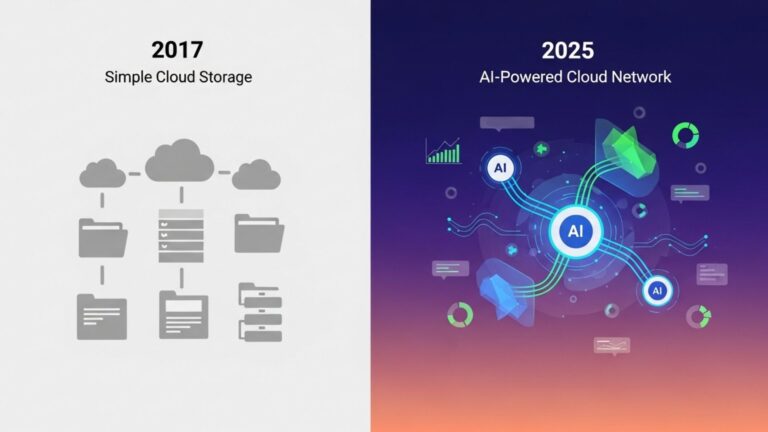Blog
Cloud digital asset management has transformed dramatically from basic storage solutions in 2017 to AI-powered, microservices-driven platforms in 2025. Cloud DAM has become the strategic backbone for intelligent content operations at enterprise scale. Remember when “cloud DAM” meant little more than dumping files into online folders and hoping for the...
Digital rights management has evolved from basic content protection to comprehensive compliance enablement for modern organizations. The best digital asset management tools combine robust DRM capabilities with workflow automation to protect content without hindering productivity. What started as a way to prevent movie piracy has become the backbone of how...
Industries that benefit from agentic AI are seeing transformative results, with 23% already implementing these systems. Start with single-agent implementations in high-impact use cases before scaling to enterprise-wide deployment. While businesses spent years experimenting with chatbots and basic automation, a new category of AI is delivering the results everyone was...
Why This Matters As brands accelerate digital transformation, they’re discovering that content chaos needs to be solved by a unified, end-to-end approach to content operations. This approach needs to connect campaign strategy, content creation, and asset delivery. Aprimo’s consecutive recognition as a Leader in the Gartner Magic Quadrant™ for...
Modern digital asset management software succeeds when it combines intelligent automation with enterprise-grade governance to transform content chaos into streamlined efficiency. Choose the right DAM features to upgrade your asset management practices with efficiency and grace. The digital asset management (DAM) market is growing, with organizations investing $4.59 billion globally...
Retail brands face mounting pressure to manage thousands of digital assets across multiple channels while maintaining brand consistency. Key challenges include: Modern DAM for retail brands eliminates these bottlenecks through AI-powered organization, automated workflows, and seamless integrations. Managing digital content has become one of the most complex operational challenges facing...
Agentic AI is part of autonomous systems that can plan, execute, and optimize complex workflows independently. The future belongs to organizations that embrace this autonomous approach to scale operations while maintaining control. While most marketing teams have grown comfortable with generative AI tools for content creation and traditional AI for...
Cloud storage and DAM serve fundamentally different purposes for content management. It’s easy to assume that cloud storage tools like Google Drive or Dropbox are interchangeable with digital asset management (DAM) systems. Both let you upload, store, and share files. But DAM vs cloud storage is not the same conversation....
Content velocity measures how quickly organizations create and distribute marketing content to meet audience demands. The future belongs to organizations that balance speed with quality through intelligent automation. Picture this: It’s Monday morning, and your marketing team already has three urgent content requests piling up. There’s a product launch campaign...









